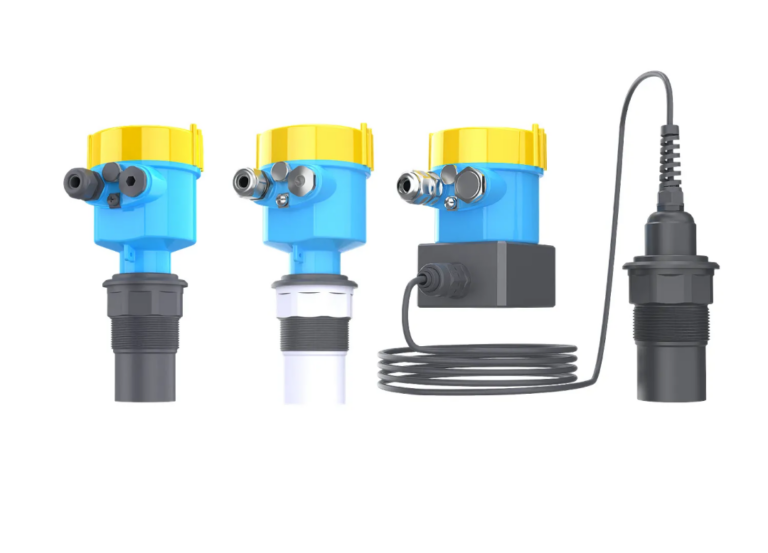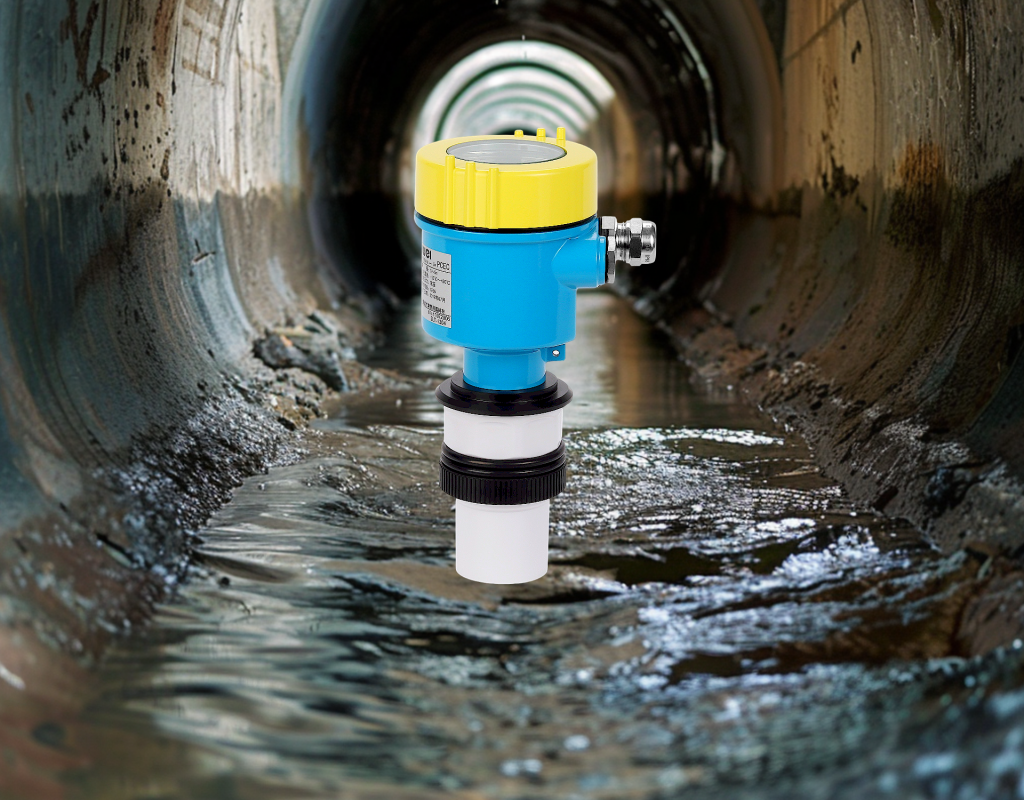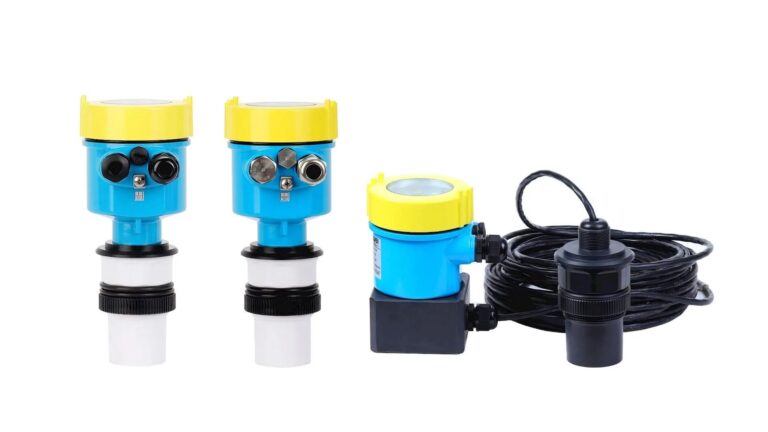1. Introduction: The Growing Demand for Level Monitoring in Transportation
Transportation infrastructure—including roads, tunnels, bridges, and railway systems—often operates in complex environments where real-time liquid level monitoring is critical. Flooded roadways, overfilled storage tanks, or malfunctioning drainage systems can lead to traffic accidents, environmental hazards, and service disruptions.
Key application scenarios include:
Road Flood Monitoring: Detecting water accumulation in low-lying areas and underpasses to enable early warnings and prevent vehicle damage or traffic paralysis.
Tunnel Drainage Systems: Monitoring sump pits and drainage channels to control pump operations and protect tunnel structures.
Liquid Storage at Transportation Hubs: Ensuring safe storage of fuel at gas stations and deicing agents at maintenance facilities to avoid leakage or supply interruptions.
Railway Contact Network Cleaning Systems: Accurately monitoring water tanks onboard cleaning vehicles to ensure uninterrupted operation.
Unlike traditional contact-based level meters, which are susceptible to wear, corrosion, and interference, ultrasonic level meters offer non-contact, reliable, and low-maintenance solutions well-suited to dynamic and harsh transportation environments.

2. Working Principle and Environmental Suitability
Ultrasonic level meters operate based on the time-of-flight principle, where the sensor emits high-frequency sound waves (typically 20 kHz to 1 MHz) and receives echoes reflected from the liquid surface. The liquid level is calculated using the formula:
L = E – (c × t / 2)
Where:
L = liquid level height
E = tank or installation height
c = speed of sound
t = time taken for the echo to return
Key advantages tailored for transportation scenarios:
Non-contact Measurement: Eliminates direct exposure to water, oil, or chemicals, minimizing sensor corrosion and contamination.
Anti-vibration Performance: Advanced signal averaging and filtering algorithms reduce the impact of traffic-induced vibrations or surface turbulence.
Wide Operating Temperature Range: -40°C to +80°C, suitable for both northern winter deicing tanks and high-temperature southern regions.
Rugged Environmental Protection: IP68-rated enclosure ensures reliability in wet, dusty, or open-air conditions, such as roadways and tunnels.

3. Typical Application Cases
a. Urban Underpass Flood Detection System
A major city’s underpass network deployed split-type ultrasonic level meters at critical low points. Sensors transmit 4–20mA signals to the central traffic control system. When water depth exceeds 30 cm, LED warning signs and automatic roadblocks are activated. This setup has reduced incident response time to under 5 minutes and decreased water-related accidents by over 60%.
b. Fuel Tank Monitoring at Highway Service Areas
Underground fuel tanks at highway gas stations use ATEX-certified explosion-proof ultrasonic level meters to measure diesel and gasoline levels. Integrated with temperature sensors, the system compensates for thermal expansion, achieving inventory accuracy better than ±1%. This enables precise fuel logistics and reduces stock discrepancies.
c. Railway Overhead Line Cleaning Vehicles
Mobile ultrasonic level meters are mounted on top of cleaning vehicles’ onboard water tanks. Real-time monitoring triggers the high-pressure pumps as needed, ensuring uninterrupted cleaning operations. This automation has improved water usage efficiency by more than 20%.

4. Installation and Maintenance Guidelines
Installation Best Practices
Roadway Low Points: Mount the probe at a tilted angle on the drainage wall, outside the vehicle tire track zone. Maintain at least 0.5 m from the expected highest water level.
Tunnel Sumps: Use flange mounting with a protective cover to shield the sensor from falling debris or large particles.
Mobile Equipment: Adopt anti-vibration split-type sensors with shielded cabling between the probe and transmitter.
Maintenance Strategies
Routine Cleaning: During rainy seasons, clean the probe weekly to remove sludge or oil residues that may block ultrasonic transmission.
Calibration: Conduct quarterly calibration using reference-level devices to ensure measurement accuracy (±2 mm precision).
Battery Maintenance: Replace lithium batteries in wireless models regularly; in cold environments, use cold-resistant battery models rated for -40°C.

5. Limitations and Mitigation Strategies
| Limitation | Description | Recommended Solutions |
|---|---|---|
| Foam Interference | Foam from deicing fluid mixing may scatter ultrasonic waves. | Use a mechanical defoamer or switch to lower-frequency modes with better penetration. |
| Sealed Tank Restrictions | Retrofitting mobile tanks may require drilling holes, compromising structural integrity. | Use magnetic or external clamp-style mounting brackets to avoid invasive installations. |
| Electromagnetic Interference (EMI) | Railway systems generate strong EMI affecting signal stability. | Select shielded enclosures and fiber optic communication modules for data transmission. |
6. Future Trends: Toward Smarter Monitoring
AI-Powered Analytics: Implement AI algorithms to detect rapid level changes (e.g., flash floods) and enable multi-level alarm strategies.
Multi-sensor Integration: Combine level sensors with rain gauges, cameras, or weather stations for comprehensive situational awareness and smarter traffic control.
Low-Power IoT Deployment: Adopt LoRa or NB-IoT for remote data transmission with battery life exceeding 5 years—ideal for monitoring in isolated or hard-to-reach locations.

Conclusion
Ultrasonic level meters, with their non-contact nature, strong adaptability, and low maintenance needs, play a vital role in modern transportation infrastructure. From flood warning systems to fuel storage and railway operations, they offer scalable and intelligent solutions that improve safety, efficiency, and asset management. As smart transportation continues to evolve, the integration of ultrasonic sensing with IoT and AI technologies will unlock even greater value in applications such as vehicle-road coordination, emergency response, and infrastructure resilience.
